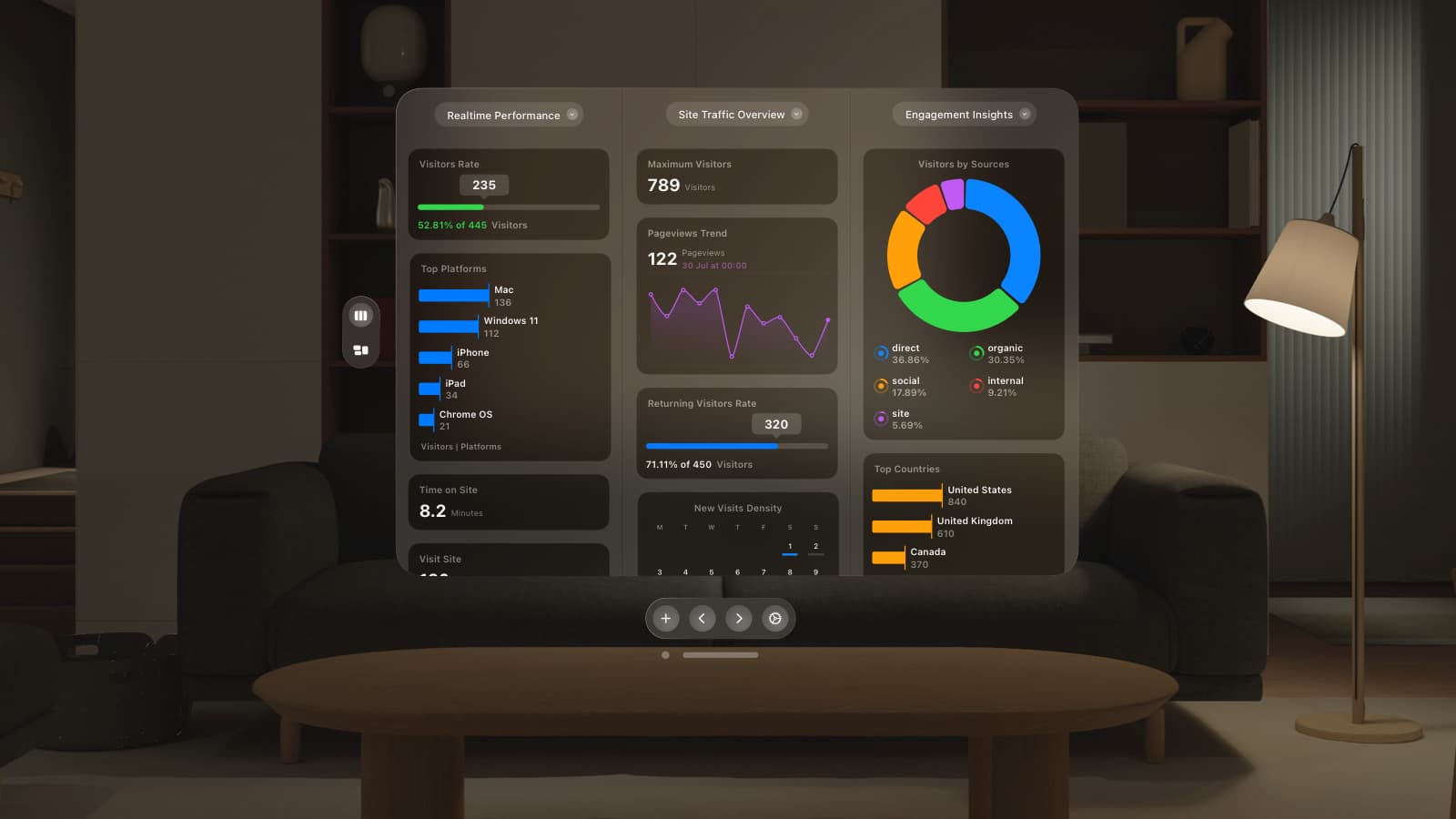
Back in September, we wrote about how we dramatically improved load times of the GSTC (GoSquared Tracking Code), the snippet of JavaScript you place on your site to enable GoSquared to track your traffic. We made it asynchronous, non-blocking, globally distributed, and reduced load times by 80%. Now we’re back with another update.
This time we’ve focused on the actual JavaScript executed by the GSTC. We’ve been through every line of code with a fine toothcomb and optimised it for blazingly fast execution, and we’ve made some real breakthroughs. We’ve now reduced the total script execution time from about 300ms to an average of 10ms. Yes, you heard that right. We’ve made our tracking script thirty times faster. In fact, in some browsers, the tracker is more than a hundred times faster than before. And no, this is not a late April Fools joke.
Besides that, we’ve also done some clever optimisation of our code to reduce the size of the tracking engine’s footprint. It wasn’t easy, as it was pretty small to begin with, but we’ve managed to make the tracking JavaScript file more than 25% smaller. That means 25% faster load time across the board. Add that to our crazy execution speed improvements, and this means that while our tracking code was very unobtrusive before, its impact on the performance on your site is now barely detectable.
And despite the fact that we’ve reduce the size of the tracking engine, we’ve actually gone and added more functionality. We’ve added in a few new functions to make it easier to integrate GoSquared into your site if you have a lot of JavaScript. Take a look over at the full documentation of these functions, and have a play around.
And the best part about all these changes? You don’t have to do a thing. The tracking code you put on your website is still exactly the same. So you’re already taking advantage of these performance improvements, and can start using the new functionality straight away.

